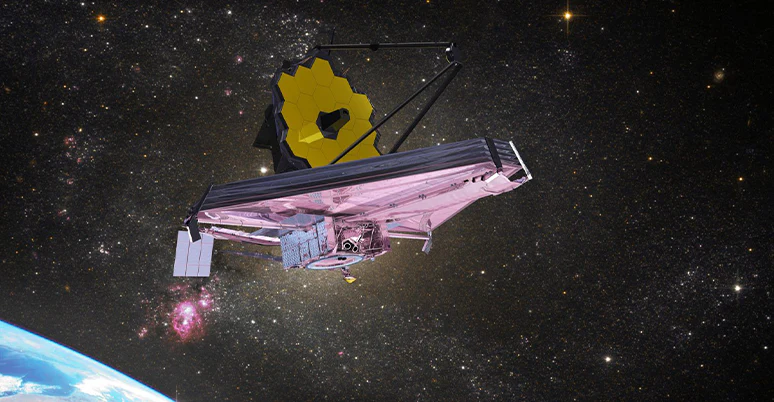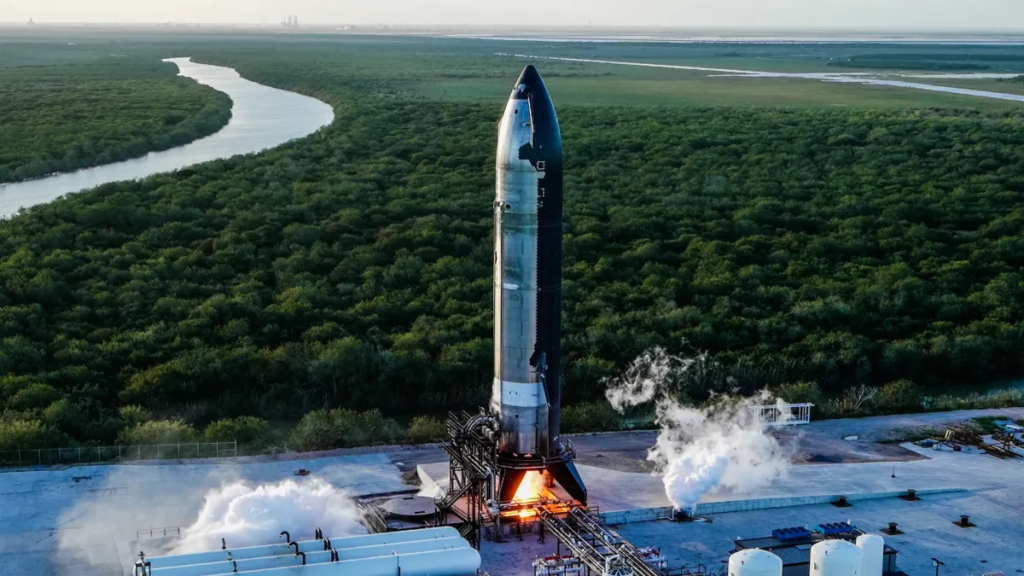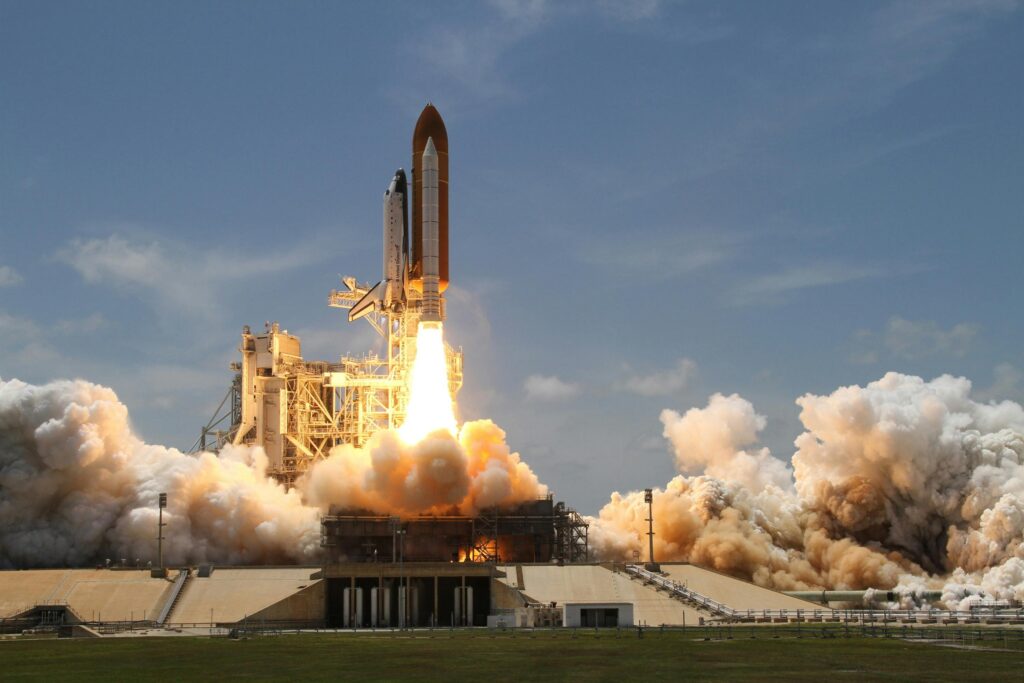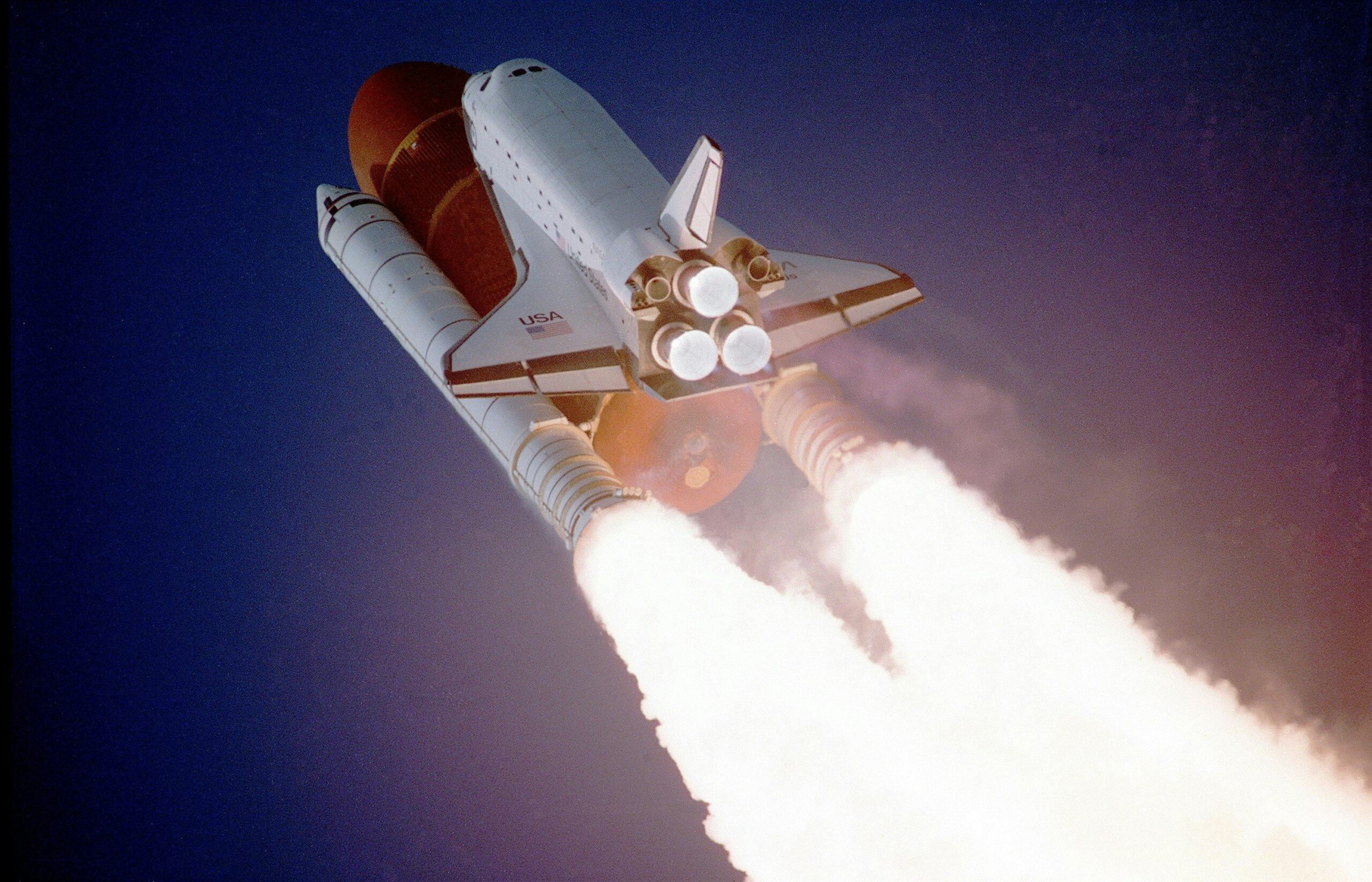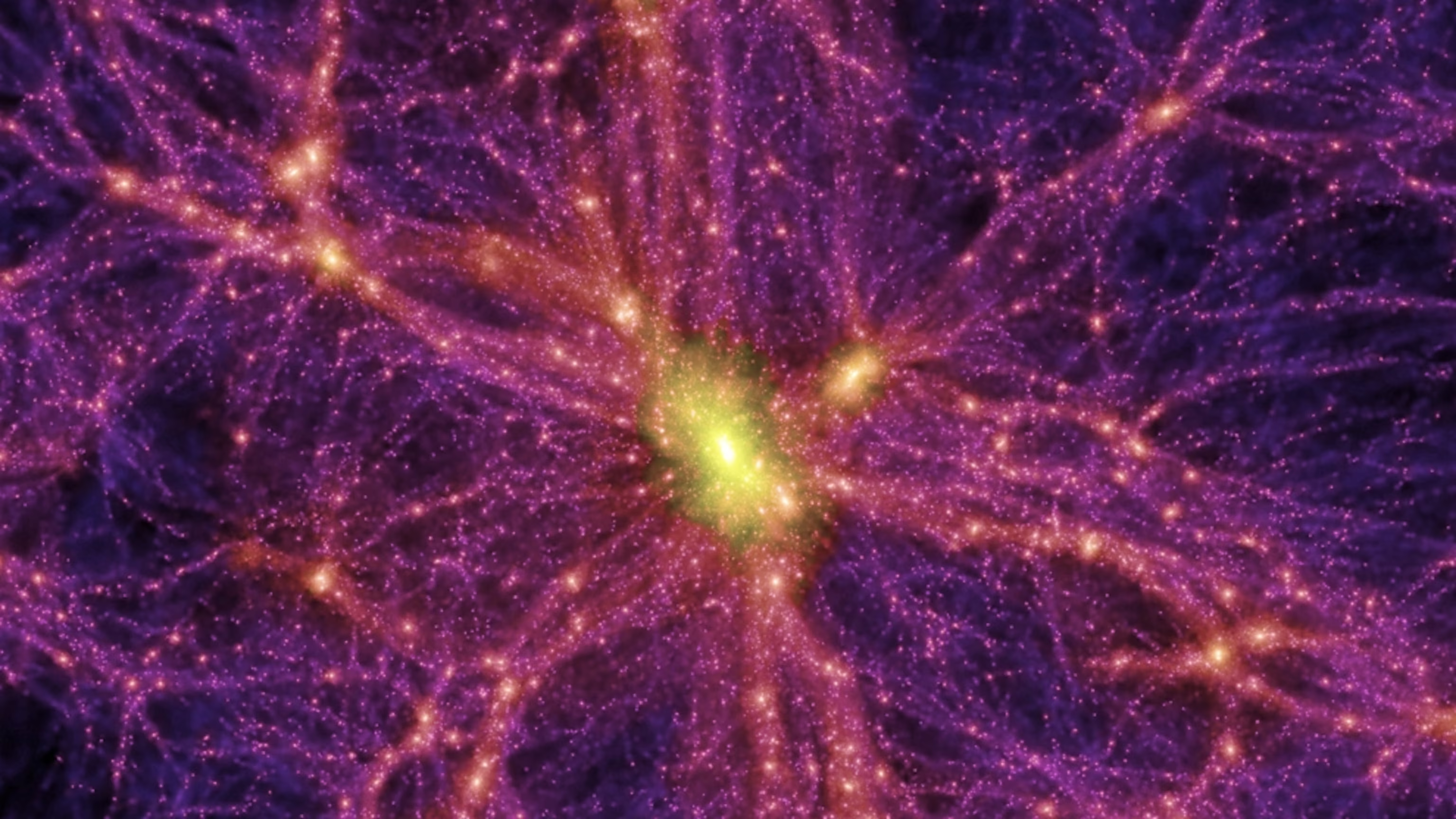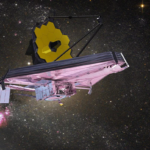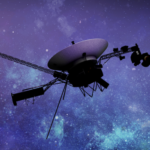Now Reading: Revolutionizing Space Exploration with Satellite Mega-Constellations
-
01
Revolutionizing Space Exploration with Satellite Mega-Constellations
Revolutionizing Space Exploration with Satellite Mega-Constellations
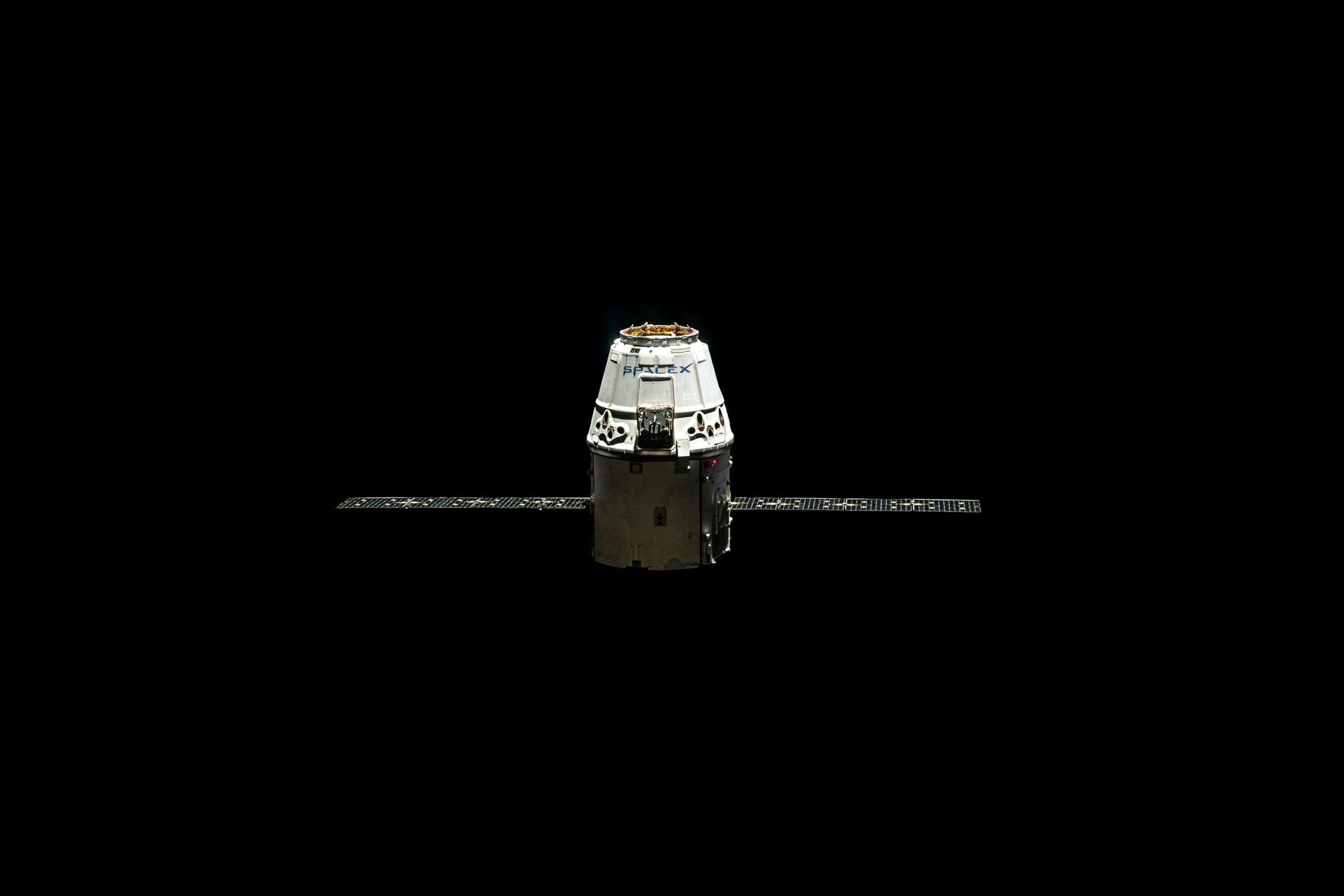
Space technology continues to evolve, transforming how humans communicate, explore, and understand the universe. One of the most impactful advancements in recent years is the rise of satellite mega-constellations. These networks of small, interconnected satellites orbiting Earth at low altitudes aim to provide global internet access, enhance scientific research, and improve navigation and Earth observation capabilities. Companies like SpaceX with its Starlink project, Amazon’s Kuiper Systems, and OneWeb are leading this new wave of space technology. While the benefits are vast, these advancements bring engineering, environmental, and regulatory challenges that must be addressed to ensure sustainable growth.
What Are Satellite Mega-Constellations?
Traditional satellite systems use a limited number of large satellites positioned in geostationary orbit, roughly 36,000 kilometers above Earth’s surface, where they maintain a fixed position relative to the planet. In contrast, mega-constellations consist of hundreds to thousands of small satellites deployed in low Earth orbit (LEO), typically between 500 and 2,000 kilometers above Earth (Witze, 2021). The reduced altitude allows for lower latency and faster communication, critical for high-speed internet services.
For instance, Starlink, SpaceX’s ambitious project, plans to deploy over 40,000 satellites to deliver broadband internet to remote and underserved regions (SpaceX, 2023). Each satellite communicates with neighboring satellites through laser links, creating a robust mesh network that can dynamically reroute data. This architecture ensures continuous connectivity even if individual satellites fail. Unlike traditional satellites, LEO mega-constellations offer greater scalability and redundancy at a fraction of the cost.
Engineering Innovations Driving Mega-Constellations
The success of mega-constellations depends on breakthroughs in satellite miniaturization, propulsion, and automation. Modern satellites are equipped with miniaturized electronics that perform complex tasks while consuming minimal power. Ion propulsion systems, which use electrically charged particles to generate thrust, allow satellites to maintain precise orbits and avoid collisions. Advances in autonomous collision-avoidance systems help manage the increasing congestion in LEO by automatically adjusting satellite trajectories when potential collisions are detected (European Space Agency [ESA], 2022).
SpaceX’s Starlink satellites incorporate phased-array antennas and software-defined radios to enable fast, dynamic beam-steering for internet coverage. These systems adapt to user demand, directing bandwidth where it is needed most. Additionally, modular designs and standardized manufacturing processes have reduced the cost of building and launching large numbers of satellites, making the deployment of mega-constellations economically feasible.
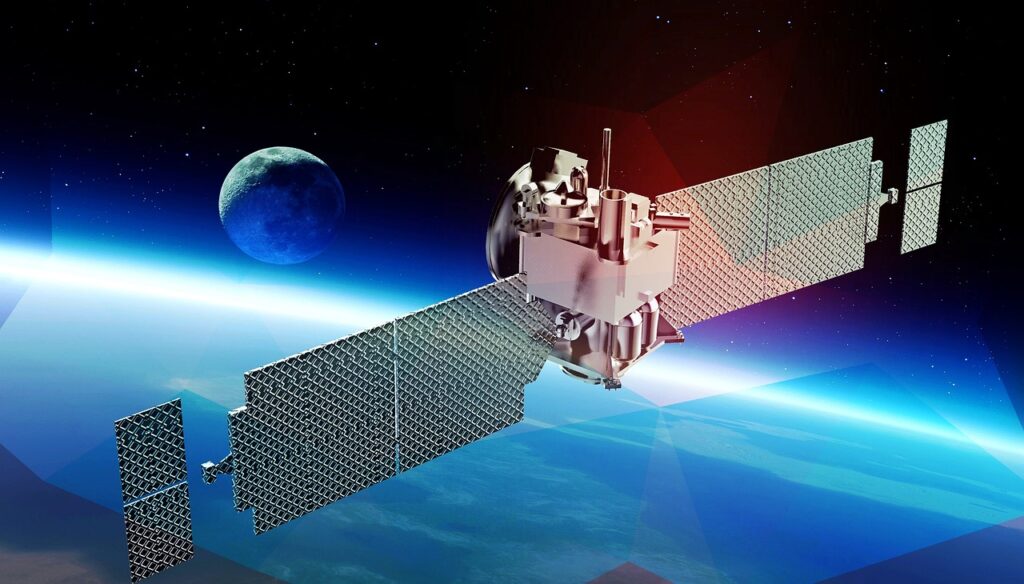
Benefits of Satellite Mega-Constellations
The potential benefits of satellite mega-constellations extend beyond providing global internet access.
- Bridging the Digital Divide: High-speed internet from space can connect remote and rural regions where traditional infrastructure is too expensive or impractical. According to the International Telecommunication Union (ITU), nearly half of the world’s population remains unconnected to the internet. Mega-constellations can democratize internet access, empowering education, healthcare, and economic growth (ITU, 2022).
- Enhanced Global Navigation Systems: Satellite constellations can improve global positioning systems (GPS) by providing additional signals and greater coverage, enhancing the accuracy of location-based services and autonomous vehicles.
- Earth Observation and Climate Monitoring: Networks of small satellites can provide real-time, high-resolution images of the planet, crucial for monitoring deforestation, tracking natural disasters, and studying climate change. The ability to rapidly update imagery allows scientists and governments to respond to environmental challenges more effectively (Witze, 2021).
Challenges and Risks
Space Debris and Collision Risk: The rapid increase in satellites has heightened concerns about orbital congestion. Collisions between satellites can generate thousands of fragments, compounding the problem of space debris (ESA, 2022). Without proper regulation and active debris removal technologies, LEO could become increasingly hazardous for future missions.
Light Pollution: Astronomers have raised concerns about the impact of bright satellite constellations on ground-based observations. Reflected sunlight from large numbers of satellites can obscure views of stars and other celestial objects, potentially compromising scientific research. Organizations like the International Astronomical Union (IAU) are working with industry leaders to develop mitigation strategies, such as using darker satellite coatings to reduce reflectivity (IAU, 2020).
Regulatory Challenges: The deployment of thousands of satellites across national and international airspace requires clear regulatory frameworks. Spectrum allocation, orbital slot management, and liability for collisions are critical issues that must be addressed collaboratively by space agencies, governments, and private entities.
The future of satellite mega-constellations will depend on striking a balance between technological progress and sustainable space practices. Emerging solutions, such as active debris removal systems and improved satellite deorbiting strategies, could mitigate the risks of space debris. Additionally, international cooperation will be essential to develop policies that ensure equitable access to orbital resources and protect the space environment.
As satellite technology continues to advance, mega-constellations have the potential to transform life on Earth while expanding humanity’s reach into space. By harnessing these innovations responsibly, society can unlock unprecedented opportunities in communication, navigation, and scientific discovery, bringing the benefits of space technology closer to people around the globe.












